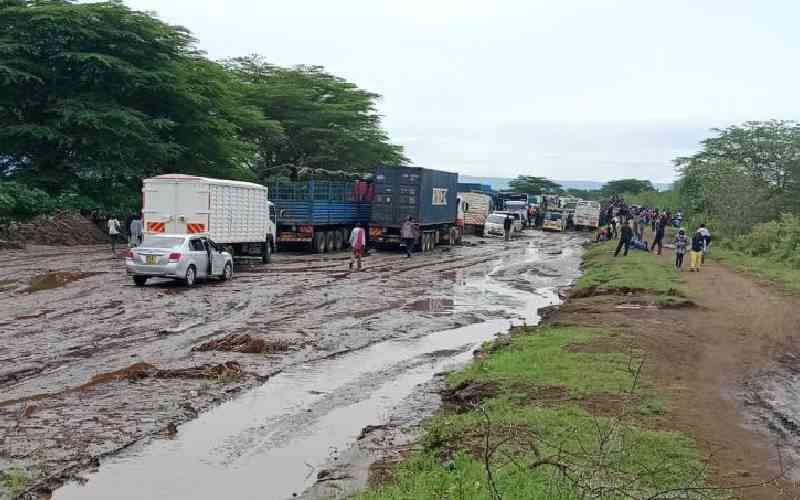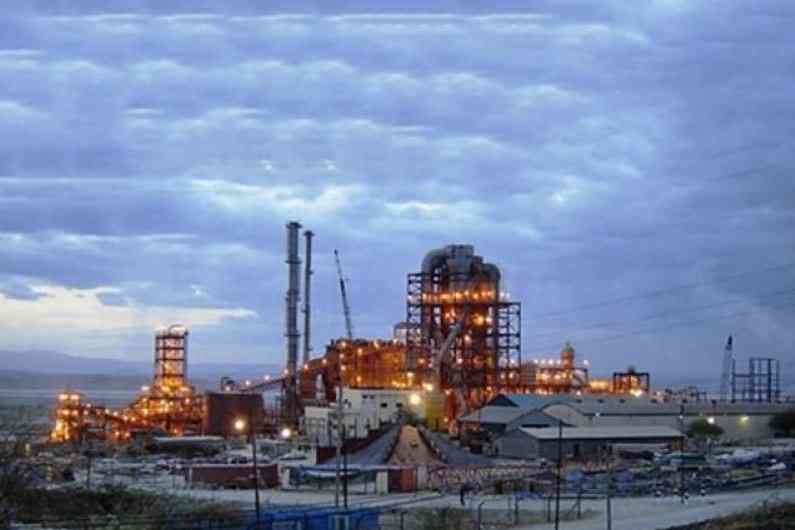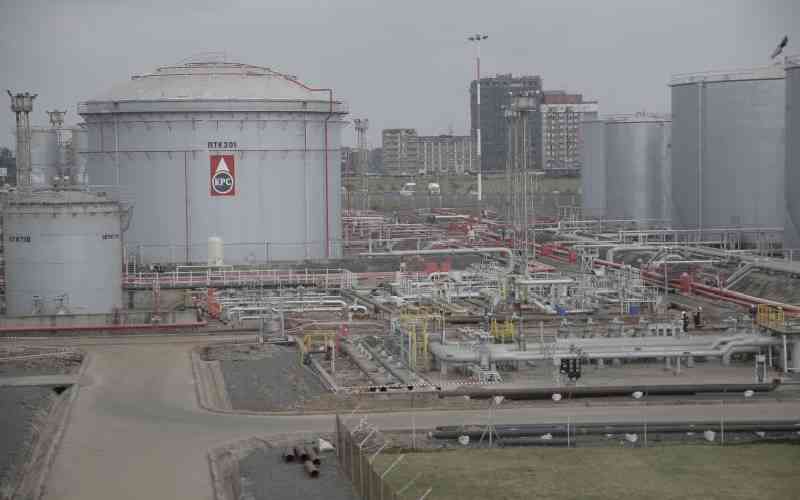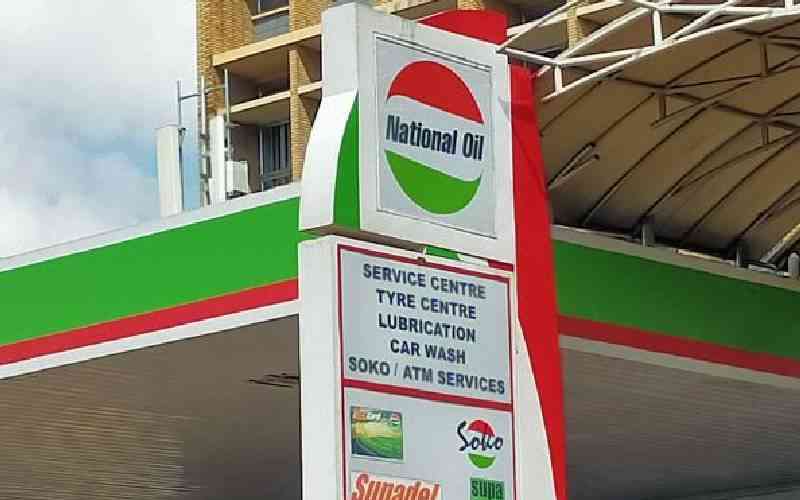
For the first time in many years, Kenya experienced high rainfall in April and early May. There were floods as rivers and dams burst their banks, resulting in deaths, desperation, and massive destruction of property.
But even as we soaked in water and floods wreaked havoc, the sad story is that a few months from today the water we see everywhere will be nowhere. Most parts of the country will start thirsting, again.
We will wish that a fraction of the water was stored to last a couple of months, saving communities from suffering. Just the other day in February, some parts of the country were experiencing drought. By July and August, there is no doubt this will recur as the cycle is repeated.
Since we have not put into place infrastructure to harvest rainwater, communities, especially in the arid and semi-arid areas, will experience water scarcity, sparking conflicts. The current adverse effects of climate change should inspire action aimed at addressing water scarcity in the country.
There are various rain water harvesting methods including from roofs. Residents of Tiri village in Mutuati, Igembe North, have for years been tapping mist from trees in a unique water harvesting technique that puts into consideration effects of climate change mitigation.
For the sake of highlighting what we can do to solve the problem in arid areas, let me talk about road water harvesting which has totally been ignored in Kenya.
Massive infrastructural projects have been undertaken in the country yet water harvesting was not taken into consideration before the roads were designed. Instead of runoff water being guided to the right places and harvested to help farmers irrigate their crops and increase food production, it results to massive destruction.
It was embarrassing to see the Nairobi expressway and Thika superhighway, two of Kenya's most expensive road projects, rendered impassable by floods simply because runoff water was not properly controlled and guided to reservoirs for later use.
Various road water harvesting techniques that have been used in parts of the world including Ethiopia, South Africa and India, among other countries, could be adopted and go a long way in averting water crisis.
The purpose of cross and side drains is to evacuate water from the roads. However, this is often done without taking into consideration opportunities for water storage or recharge. Structures may be constructed to divert runoff water from culverts to reservours.
Water from road drains can be guided directly to recharge groundwater sources including aquifers, wells, boreholes and ponds. This method has been used in Ethiopia where it has contributed to rise in groundwater levels.
At the moment, the construction of roads in northern Kenya is ongoing, particularly the Isiolo-Mandera and Lamu-Garisa road projects which are in their initial stages of implementation. It is not too late to incorporate road water harvesting in their designs because the same engineers will do the job.
A little adjustment on budgetary allocation and design of the roads to incorporate water harvesting would go a long way in solving water problem in the frontier counties.
This would also sort out the issue of soil erosion which is a big problem and help in mitigating the effects of climate change.
Mr M'eruaki is the chairman of the Kenya Plant Health Inspectorate Service
Stay informed. Subscribe to our newsletter






